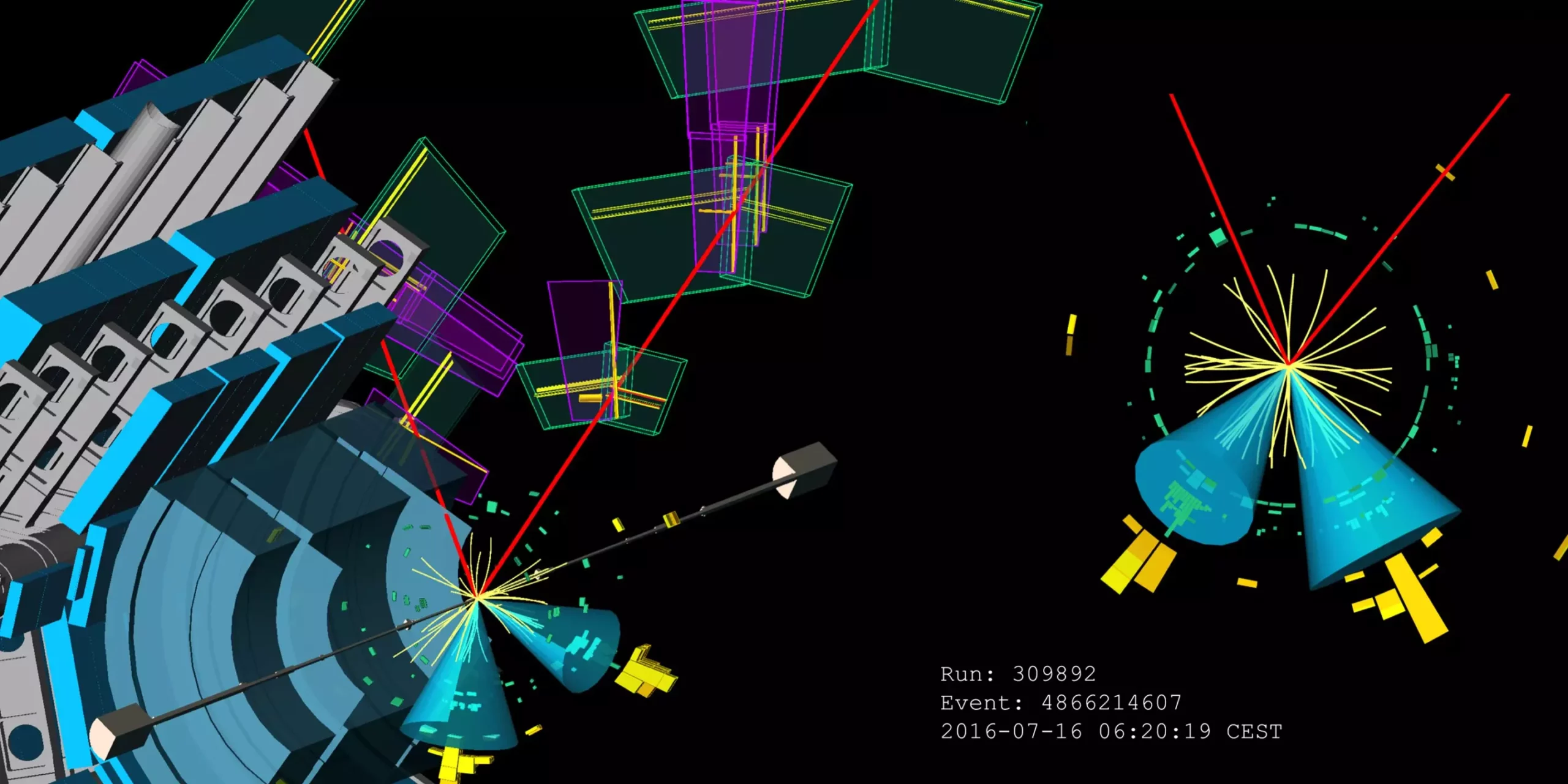In the realm of particle physics, the Higgs boson holds a paramount position. Its existence, confirmed in 2012, serves as a cornerstone of the Standard Model, particularly regarding the mechanism that imparts mass to elementary particles. A pivotal goal of the ATLAS Higgs physics program is to refine our understanding of how the Higgs boson interacts with other fundamental particles—fermions and bosons alike. These interactions are crucial, as they underpin the process by which particles acquire mass through electroweak symmetry breaking. Achieving a deeper insight into these interactions not only enhances our grasp of particle physics but also sheds light on the fundamental forces that govern the universe.
During the recent International Conference on High-Energy Physics (ICHEP) 2024, the ATLAS collaboration unveiled significant advancements regarding the interaction of the Higgs boson with the heaviest quarks in the Standard Model: top, bottom, and charm quarks. Utilizing data from the Large Hadron Collider (LHC) Run 2, which spanned from 2015 to 2018, the ATLAS team employed refined analytical techniques, most notably enhanced jet tagging methods. These improvements represent an evolution in high-energy particle analysis, allowing researchers to extract more precise measurements from the available data.
To comprehend the intricacies of Higgs boson decay, it is essential to define what jets are. When the Higgs boson decays into quark pairs, each quark undergoes a process that results in a cascade of particles, producing a concentrated spray known as a jet. The challenge lies in identifying the “flavor” of quark that generated the jet, which necessitates an analysis of the jet’s properties. Advanced jet tagging techniques have evolved specifically for distinguishing between bottom and charm quarks. Such innovative methods have dramatically enhanced ATLAS’s ability to discern decay processes, leading to substantial gains in sensitivity across various analyses.
The latest findings indicate that ATLAS has effectively increased sensitivity to both H→bb and H→cc decay channels—by 15% and a factor of three, respectively. These enhancements are vital for exploring processes that are subtle yet fundamental to our understanding of the Higgs mechanism. The collaboration reported the first definitive observation of the WH, H→bb process with a striking significance of 5.3σ and measured ZH, H→bb with a notable 4.9σ significance. However, the decay process into charm quarks remains challenging due to its suppressed rate compared to bottom quark decays. ATLAS has established an upper limit on the VH, H→cc process at 11.3 times the Standard Model’s prediction, demonstrating the ongoing complexity of measuring these rare interactions.
A highlight of the collaboration’s recent work is the focused analysis of Higgs production involving two top quarks and subsequent decay into bottom quarks. This multifaceted process presents significant analytical challenges due to considerable background interference from other processes. The innovative approaches taken have doubled sensitivity in this area. The measured signal strength for ttH, H→bb production stands at 0.81 ± 0.21, a value that demonstrates compatibility with the Standard Model predictions but also indicates the need for further refinement and analysis.
As the ATLAS collaboration continues to refine their analytical techniques, they are poised to engage with data from the ongoing Run 3 of the LHC, which promises even greater accuracy in measurements of Higgs interactions. These developments are not merely incremental; they are pivotal in unlocking further mysteries surrounding the Higgs boson, especially in the upcoming High-Luminosity LHC (HL-LHC) phase, which signifies a new frontier in particle physics. Detecting processes such as H→cc will transition from theoretical conjecture to practical reality, allowing physicists to probe into the very foundations of mass generation and fundamental forces with unprecedented precision.
The ATLAS collaboration’s strides in elucidating Higgs boson interactions underscore the dynamism of particle physics research, serving both to confirm existing theories and to pave the way for groundbreaking discoveries in the future.


Leave a Reply